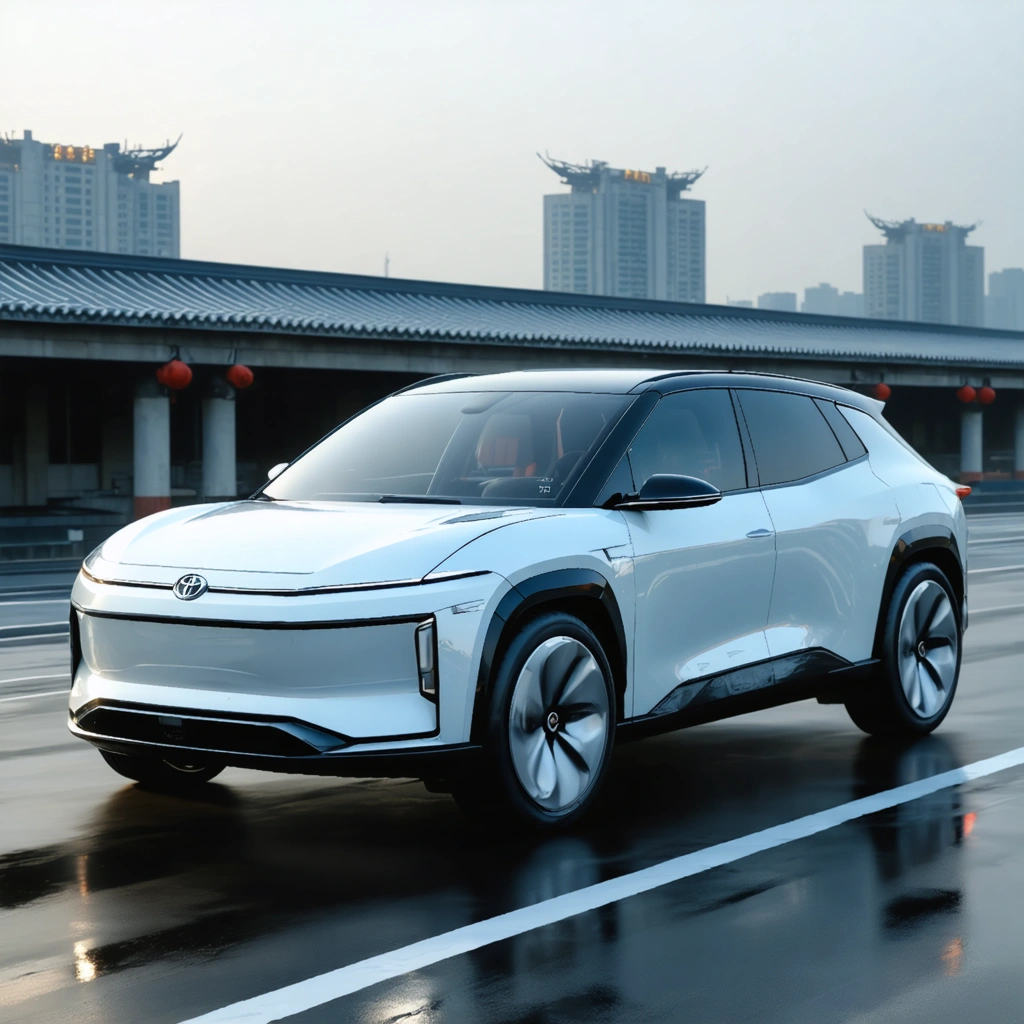
Introduction: A New Era for Japanese Automakers in China
The electric vehicle (EV) revolution has taken the global automotive industry by storm, with China leading the charge in adopting advanced battery electric technologies. In a significant strategic shift, Honda and Toyota have embarked on an ambitious journey to introduce new battery electric SUVs tailored for the Chinese market. Historically known for their expertise in adapting vehicles to fit local conditions, these Japanese giants are now set to address the unique demands of China’s rapidly evolving mobility landscape. This article provides an in-depth analysis of the market dynamics, key technological innovations, and business strategies underpinning the launch of these revolutionary electric SUVs.
Understanding the Chinese EV Market
Market Overview and Growth Potential
China’s EV market represents one of the most dynamic and rapidly growing sectors in the world. Government incentives, a strong push for sustainable energy, and the increasing consumer shift towards clean energy transportation have all underpinned this growth. As a result, automotive companies across the globe are investing heavily in electric vehicle offerings to secure a competitive advantage. The decision by Honda and Toyota to launch battery electric SUVs is a strategic move designed not only to meet the demands of Chinese consumers but also to pave the way for a long-term presence in one of the most promising EV markets.
Government Policies and Incentives
The Chinese government’s progressive policies have been a driving force behind the EV boom. Key initiatives include:
- Substantial subsidies for electric vehicle manufacturers
- Tax credits and rebates for consumers purchasing EVs
- Mandates for reducing carbon emissions
- Investment in charging infrastructure across urban and rural regions
These policies create a robust environment for automakers to innovate and invest in state-of-the-art electric vehicle technologies. By aligning their product strategies with national objectives, Honda and Toyota are poised to capture a substantial market share and establish a lasting brand presence in China.
Strategic and Technological Innovations
Tailored Designs and Local Market Adaptation
Historically, Japanese automakers have excelled in tailoring their products to local market conditions. For the Chinese audience, this means vehicles that not only meet stringent environmental standards but also cater to consumer preferences regarding aesthetics, performance, and technological integration. Honda and Toyota have leveraged their decades of engineering prowess to develop SUVs that blend efficiency with luxury.
- Advanced Battery Technology: Both companies have invested in cutting-edge battery systems that offer extended range, rapid charging capabilities, and enhanced safety features.
- Smart Connectivity: The new models are equipped with intelligent connectivity systems that integrate with mobile apps, understanding driver habits and ensuring personalized driving experiences.
- Eco-Friendly Materials: In line with sustainable practices, eco-friendly manufacturing processes and materials have been extensively utilized in the production process.
Innovative Features and Market Differentiators
The upcoming SUV models are designed to stand out in an increasingly competitive EV market. Key features that highlight their innovative advantage include:
- Energy Efficiency: Optimized power management strategies allow for impressive energy usage, making these vehicles both economical and environmentally friendly.
- High-Performance Dynamics: With sophisticated drive modes and advanced suspension systems, drivers can experience superior performance even in challenging road conditions.
- Enhanced Safety Systems: The incorporation of the latest driver-assistance technologies ensures heightened passenger safety and aligns with global standards for vehicular security.
A notable table below illustrates a comparative overview of the major specifications that set these innovative SUVs apart, ensuring that both Honda and Toyota deliver a product that meets modern consumer demands.
| Specification | Honda EV SUV | Toyota EV SUV |
|---|---|---|
| Battery Range | 500+ km | 510+ km |
| Charging Time | Fast Charge (80% in 30 minutes) | Fast Charge (80% in 25 minutes) |
| Driver-Assist Technology | Advanced Level 2 | Enhanced Adaptive Cruise Control |
| Infotainment System | Smart Connectivity Suite | Next Gen Touch Interface |
Business Implications and Future Outlook
Strategic Positioning for Long-Term Growth
By venturing into the Chinese market with these innovative electric SUVs, Honda and Toyota are not only tapping into an aggressively expanding segment but are also setting the stage for future opportunities in global and regional markets. The strategies being implemented include:
- Localization of Production: Establishing manufacturing hubs in China that reduce logistic costs and cater directly to local demand.
- Collaborative Ventures: Forming partnerships with local technology firms and energy suppliers to streamline the supply chain and enhance product features.
- Brand Repositioning: Revamping brand images to highlight a commitment to environmental sustainability and cutting-edge technology.
Market Challenges and Risk Management
Despite the optimistic outlook, several challenges remain. To secure sustainable growth, Honda and Toyota must address the following risks:
- Competitive Pressures: The Chinese EV market is highly competitive, with domestic manufacturers and other established international brands vying for market share.
- Technology Adoption: Ensuring the reliability and safety of new battery technologies can pose significant technological and regulatory challenges.
- Economic Volatility: Global economic uncertainties may impact consumer purchasing power and investment strategies in emerging technologies.
To mitigate these challenges, both companies are engaging in rigorous testing, comprehensive market research, and continuous innovation in their product development cycles.
Future Perspectives and Strategic Recommendations
Looking forward, the introduction of battery electric SUVs in China is expected to catalyze industry-wide changes. Specific strategic recommendations for the continued success of these initiatives include:
- Increasing investments in research and development to push the boundaries of battery efficiency and sustainable materials.
- Enhancing customer engagement through digital platforms and personalized service models to build strong brand loyalty.
- Expanding after-sales services and establishing robust support networks to reassure consumers about the new technologies being adopted.
The long-term vision for Honda and Toyota is to lead the charge in redefining mobility standards, enhancing the consumer experience, and contributing positively to environmental sustainability. The forward-thinking approach of these companies not only positions them favorably within the Chinese market but also sets a benchmark for global best practices in the automotive industry.




